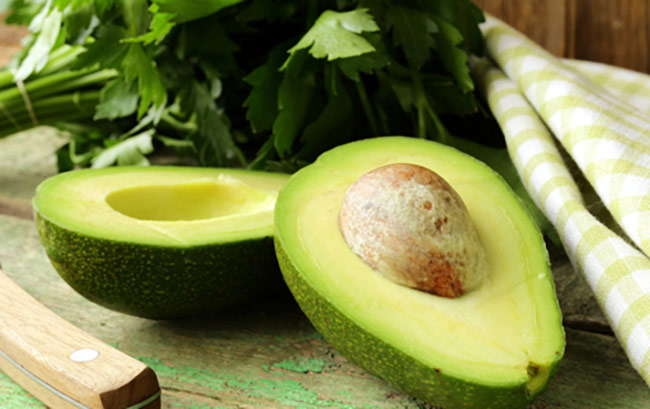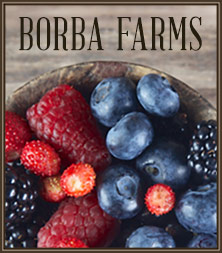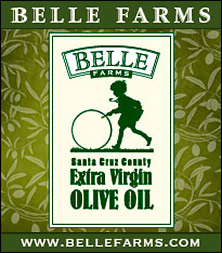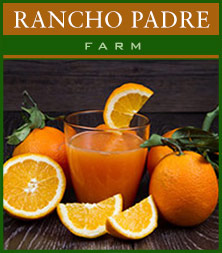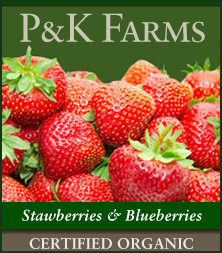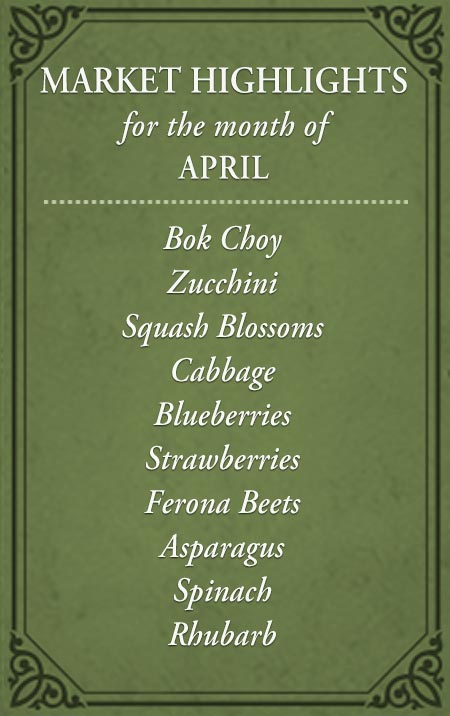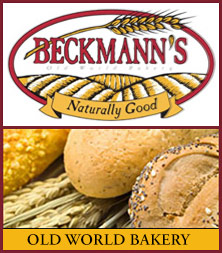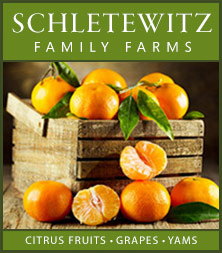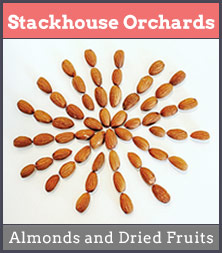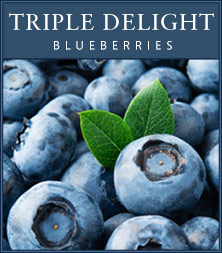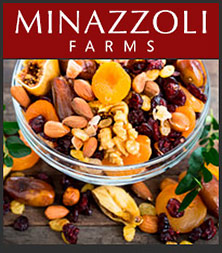As Californians, we have so many things to be thankful for when it comes to fresh food—and avocados are certainly one of them. At our farmers market, several vendors supply these sublime fruits. Since California produces about 95% of the avocados grown in the United States, it’s no surprise we enjoy such abundance.
When it comes to flavor, avocados range from nutty to fruity, but the word that almost always comes to mind is buttery. Their oil content can range from 3% to 30%, with the Hass variety averaging around 19%. Some avocados taste watery, while others are rich and creamy. One of the best reasons to buy avocados at the farmers market is variety—you’ll find multiple types from different regions, often at their seasonal peak. This freshness is key to great flavor. While avocados have distinct growing seasons, Hass are available year-round.
Avocados mature on the tree but only ripen once picked. Some growers “store” their fruit on the tree for months, while others harvest and keep them chilled at 40°F until needed. Commercial farms often cold-store the fruit and then use ethylene gas to trigger ripening during transport to grocery stores.
People have enjoyed avocados for thousands of years, with evidence of consumption dating back to around 10,000 BC. To early humans, the creamy, buttery texture must have been a luxury. Native to the same regions as chili peppers, avocados make a natural pairing with spicy foods—their fat balances the heat.
When using avocados, keep in mind that acids like vinegar, lime, or pineapple enhance richness, while salt highlights the buttery quality. They pair beautifully with spicy chilis, earthy beets, and seafood. Beyond savory dishes, avocados are also enjoyed in drinks and desserts. In Morocco, they’re blended into shakes with orange flower water, rose water, and cardamom. In Southeast Asia, avocado shakes are made with sweetened condensed milk and chocolate syrup.
How to Select the Perfect Avocado
When shopping for avocados, here are a few tips:
- Avoid fruit that is bruised or cut.
- A good avocado feels heavy for its size, and the pit shouldn’t rattle inside.
- To test ripeness, gently press with the pad of your thumb or palm. A ripe avocado will give slightly.
- Checking the stem isn’t a reliable indicator of overall ripeness, though it’s worth making sure the stem stub is intact. Without it, the fruit is more vulnerable to rot.
Once cut or mashed, avocados brown quickly due to enzymatic activity. Lemon or lime juice slows this process, but leaving the pit in won’t help—that’s a myth. If browning does occur, simply skim off the top; the avocado is still safe to eat.
Patience is key when ripening avocados. Handle them gently, and if they’re hard, let them sit in a paper bag on the counter. To speed things up, place them near an apple or banana, which naturally emit ethylene gas. Once ripe, they can be refrigerated to extend freshness by a day or two.
You’ll find California grown avocados at Brokaw Ranch and Northridge Farms at our farmers markets.
RECIPES: Find avocado recipes here!


